Duet Night Abyss splits its campaign across two lead roles and asks you to choose a character model for each. That second selection can feel like a big fork in the road, especially if you worry it might overwrite your first pick. It doesn’t. The game is built as a dual narrative: your original protagonist stays intact, and the second choice opens a parallel story thread you’ll play alongside the first.
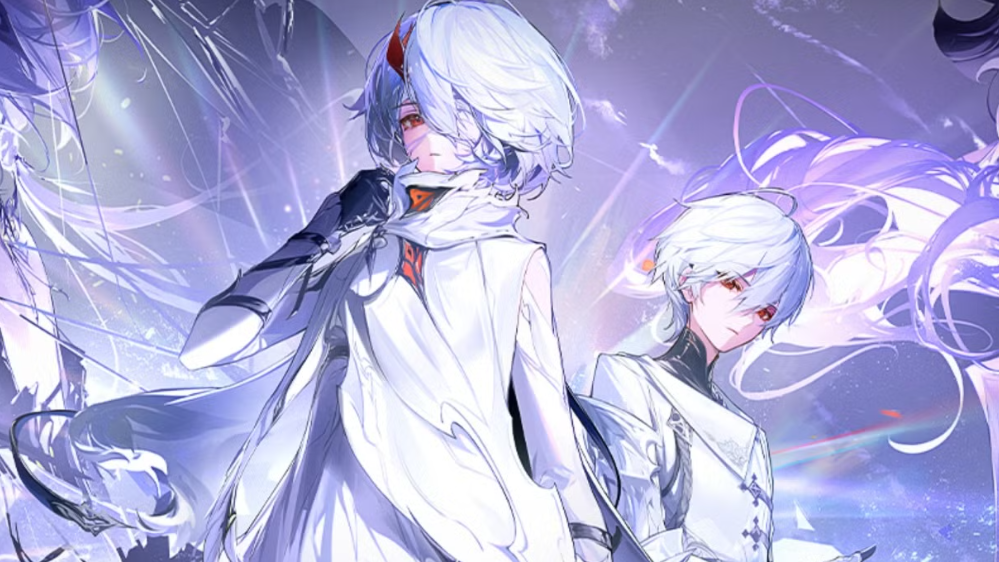
When you unlock the second main character (v1.0)
The second protagonist becomes available during the Beyond the Sands questline at Trial Rank 24, after completing The Black Iron and White Flower. At that point you’ll be prompted to select a model for the “Boy/Girl in the Dream,” then dropped into a separate chain of main quests set in a different location from your first character’s path.
Later, the second protagonist returns to the same broader area as the first. As of version 1.0, the two do not interact directly in the world; their connection surfaces in dream sequences, consistent with how the second role is introduced.
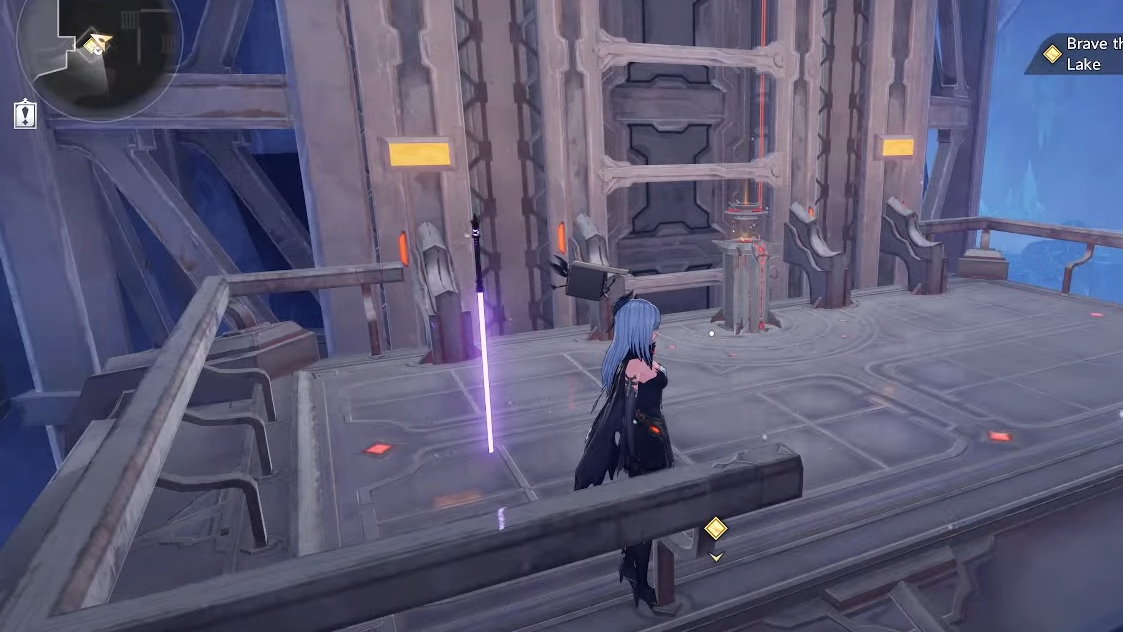
Who you’re picking: default names and roles
There are two protagonist roles, each with male and female models (four total models):
- The Phoxhunter (default name: Vita) — the “first” main character you choose at the start.
- The Boy/Girl in the Dream (default name: Mors) — the “second” main character you select later.
You can rename either protagonist when you pick their model. The default names are helpful for following the story and community discussions, but they’re not mandatory.
What your second choice changes (and what it doesn’t)
Changing models changes presentation: character model and voice. It doesn’t create a different ruleset or a hidden “stronger” option. Both protagonist roles function the same in combat terms and progress through equivalent, role-specific main quests. The broad story beats remain consistent; you’re viewing them from two sides of the same conflict rather than branching into divergent timelines.
Crucially, selecting the second protagonist does not replace or reset your first. Think of it as unlocking a companion storyline that the campaign will cut to at set moments. You’ll continue advancing both protagonists as the narrative alternates perspective.
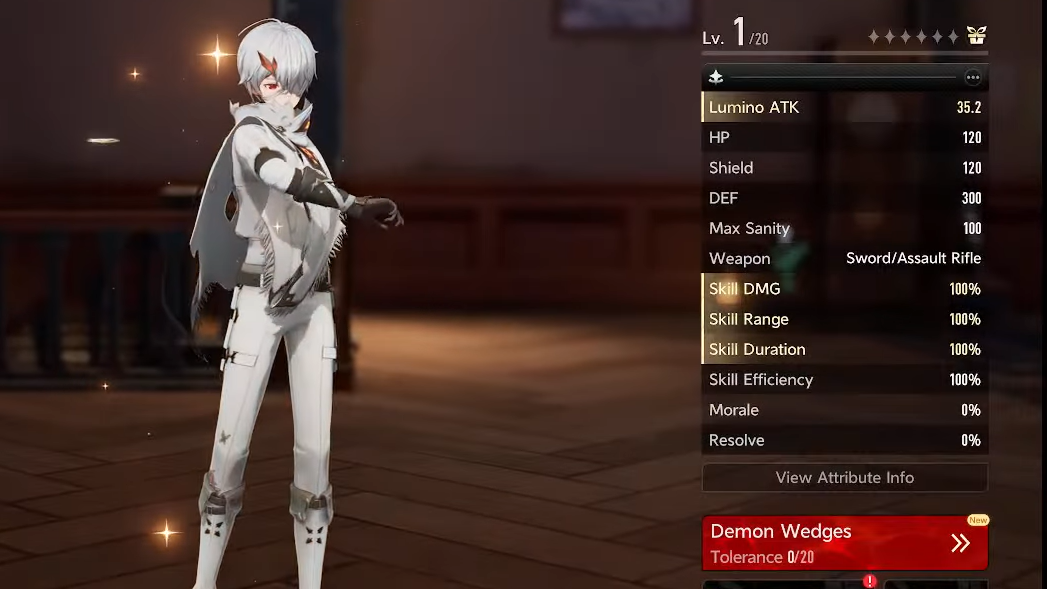
Which model to pick for the second protagonist
Pick what you prefer. There’s no mechanical or story advantage tied to choosing the male or female model. Early on, the protagonist’s initial dream features the opposite model to your first pick; if you want the story to mirror that motif, choose the model you saw in that dream for your second role. It’s an aesthetic and tonal choice, not a power choice.
Can you change protagonist models later?
As of version 1.0, there’s no in-game option to swap a protagonist’s model after selection. Treat both choices as final. If that policy changes later, it would require a game update; for now, select the models you’re happy to live with.
Quick reference
| Item | Details (v1.0) |
|---|---|
| Second protagonist unlock | Beyond the Sands (Trial Rank 24), after The Black Iron and White Flower |
| Default names | Vita (Phoxhunter), Mors (Boy/Girl in the Dream) |
| Models available | Male and female for each role (four total models) |
| Rename support | Yes, on selection |
| Does the second pick replace the first? | No, it unlocks a parallel questline |
| In-world interaction between the two (v1.0) | No, outside of dream sequences |
| Gameplay differences by model | None beyond appearance/voice |
| Can you change later? | No in-game option to swap models after selection |
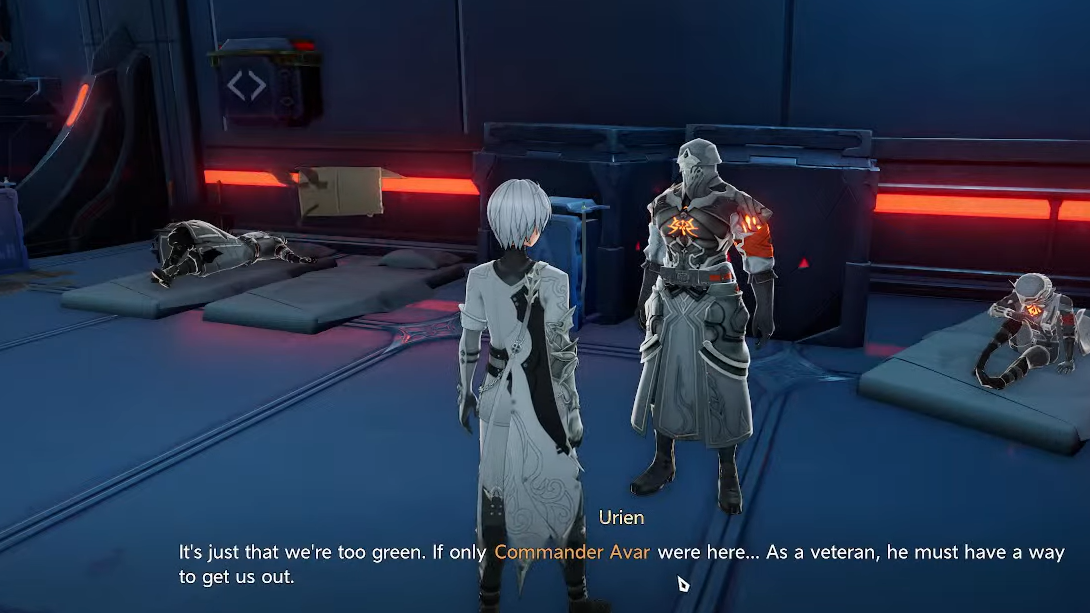
How the dual narrative plays out while you progress
The campaign is structured to regularly shift perspective between the Phoxhunter and the Dream protagonist. The second selection cues a new thread with its own locations and scene partners, then the story pivots back to your first role. That cadence repeats as the arcs converge thematically. The design is meant to juxtapose two vantage points rather than branch the plot into mutually exclusive routes.
Why players think the second selection might overwrite the first
The prompt arrives with the weight of a new “main character” splash screen, and it follows a major story beat. It’s reasonable to assume you’re being asked to switch. In practice, that selection is additive. You keep your initial protagonist’s progress and identity, and you gain the Dream counterpart as a separately named lead with its own quest chain. Eventually, their paths share the same region, but—at least for now—they don’t directly meet outside of dreams.
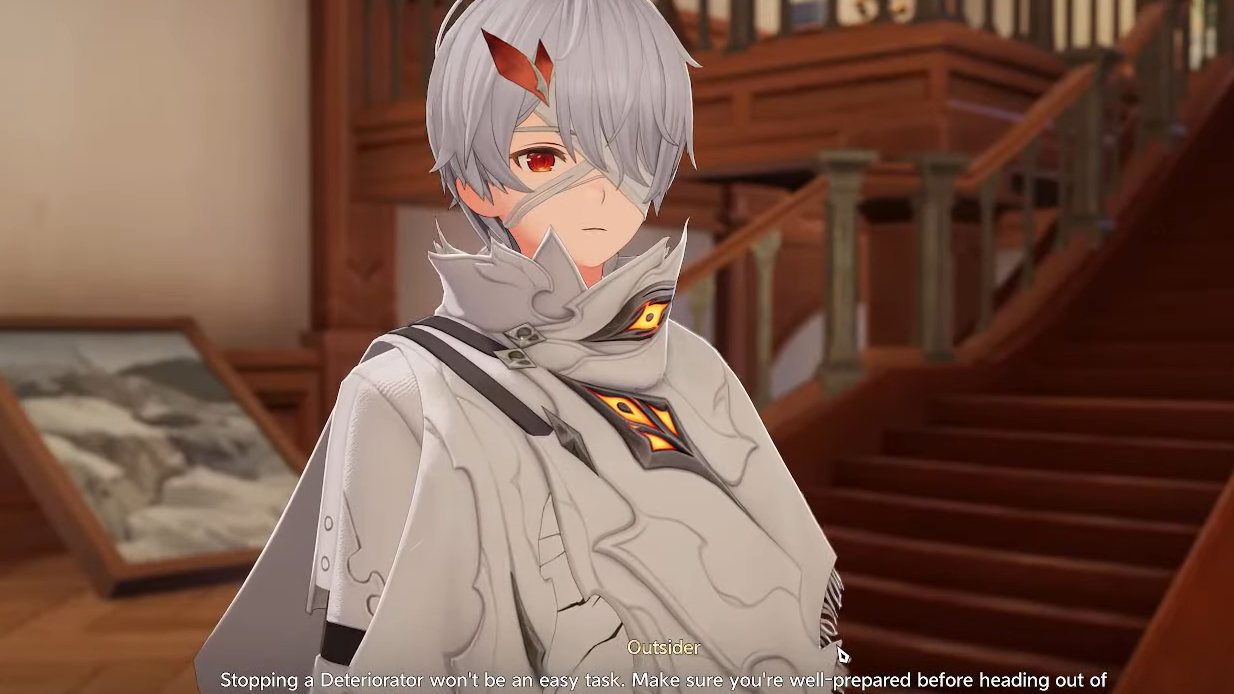
The bottom line: treat the second protagonist as a new lens on the same conflict. Choose the model you like, lock in the name you want to see in dialogue, and carry on. Your first hero remains yours, and the story is built to echo between the two.


